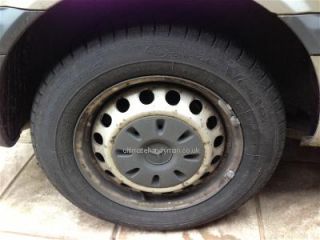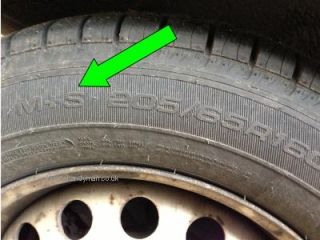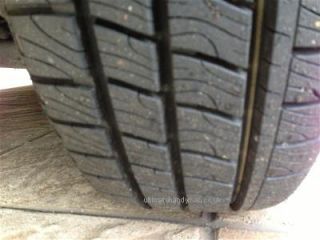Driving in the snow is never easy, especially if you are only used to snow falling every couple of years. Britain soon becomes gridlocked if the gritters have not been out and gritted the roads before the snow falls.
It does not take much snow to fall before people start to get stuck. If you have a rear wheel drive vehicle then getting stuck is very easy and once you are stuck the chances of getting moving again are slim, particularly if you are facing uphill.
In some countries snow tyres are a legal requirement but the UK has not adopted this rule yet. Some countries permit the use of snow tyres that contain metal studs but these are illegal in many countries as they easily damage the surface of the road.

Snow tyres do not mean that you will be able to drive anywhere but they do give you a much better chance of getting home if you are out and it snows.
If at all possible it is best to avoid the journey when it snows as there is a higher chance of somebody hitting your vehicle or the vehicle in front of you may get stuck

These tyres are marked with the letters M+S which stands for mud and snow. The rubber used to make these tyres is a slightly different compound that regular tyres, which improves the grip in the snow.

The thread pattern is designed so that maximum grip can be achieved in snow and slippery conditions. These tyres also help somewhat in wet conditions as the risk of aquaplaning is also reduced.
There are a few drawbacks to using winter and summer tyres, such as storage and also changing the tyres over. If you have a spare set of wheel rims it is easy because you can simply swap the wheels over yourself, but if you only have one set of rims it can cost £10 per tyre to have the tyre changed, multiply this by 4 tyres and then by twice a year and you can see that it works out a very expensive option, especially after buying the snow tyres themselves!



